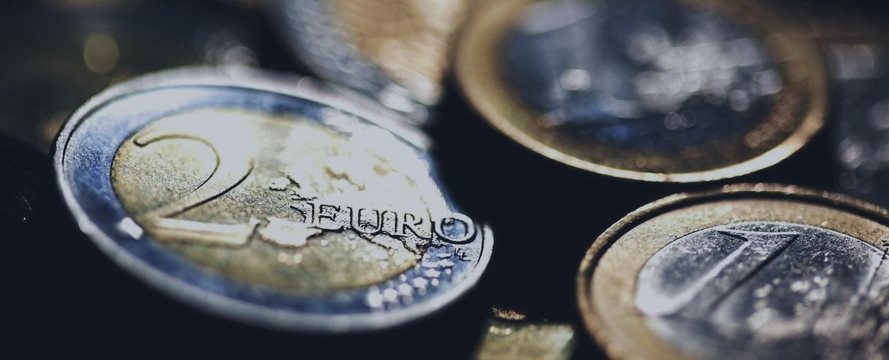
Analysts are trimming year-end, first-quarter euro estimates at fastest pace since March
Analysts are reducing their year-end and first-quarter euro forecasts at the fastest pace since March, when the launch of the central
bank’s bond-buying program sent the currency tumbling to a twelve-year trough.
Options indicate there’s a 70% possibility the euro will match that low this year, up from 18% when the ECB last met in October.

A rabbit out of the hat
"He’s
going to pull a rabbit out of the hat - we’re just not sure what that
rabbit will be," said Steven Bell, London-based chief economist and
director of macro strategies at BMO Global Asset Management, also adding that the euro is falling heavily.
Bell considers the shared currency will fall below parity with the dollar next year, after it sank to $1.0566 on Wednesday, its weakest level since April and nearing this year’s low of $1.0458 on March 16.
Tools that Draghi might employ include reducing the ECB’s -0.2 percent deposit rate by 0.2%, Bell said.
Bell also thinks the central bank head may also expand the quantitative-easing plan to include assets such as corporate and local-government bonds or cancel the rule preventing it from buying securities that yield less than the deposit rate.
ECB's ambition
A weaker euro is key to the ECB’s target to push inflation to 2%. However, even after a 12% fall this year, after the money supply was increased, prices are hardly rising across the 19-nation bloc. One of the reasons is that a slowdown in emerging markets prompted investors to unwind riskier trades funded in the shared currency.
The risk for Draghi - and the euro - is that he fails to live up to the mounting speculation that he has a surprise in store.
While the ECB chief has been dropping hints about extending stimulus since the central bank’s Oct. 22 meeting, he’s been vague about the details. Further euro losses are by no means assured.
Since the October gathering, strategists surveyed by Bloomberg have cut their median year-end euro forecast by 3 U.S. cents to $1.07, and their first-quarter outlook by 2 cents to $1.06. Those predictions still put the shared currency slightly stronger by December 31.
Not everyone is sure Draghi will do sufficient job to satisfy markets. Some officials have argued that incoming data signal they have no need to act next week. Speculation the Federal Reserve is getting ready to raise U.S. interest rates later in December, which should drive the dollar higher, is just as priced in as ECB easing.
Can the euro hit a lower level?
David Bloom,
global head of currency strategy in London at HSBC,
Europe’s biggest bank, thinks there is no way they could drive the euro much lower:
"They’ve already promised a rate cut, they’ve already promised more QE. How can you over-deliver if over-delivery is priced in? It’s already baked in the cake."
Bloom predicts the euro will recover to $1.10 by Dec. 31, and $1.20 by the end of 2016.
That’s
a pause from the increasing consensus that Draghi can’t afford to
under-deliver. Policy-makers will do what they must to
get inflation rising, he said last week.
Stephen Jen, co-founder of London-based hedge fund SLJ Macro Partners and a former economist at the International Monetary Fund is confident that the ECB will not disappoint.
"Since euro-dollar has already depreciated in response to Mr. Draghi’s statements in recent weeks, it will be difficult for the ECB not to follow through on December 3 in order to prevent another retracement," he said.


